The most swoonworthy bike at the Tour de France was this understated $12,000 custom job made by a 45-year-old company based in Connecticut
Wilton, Connecticut-based Cannondale shipped Rolland a custom-painted SuperSix Evo HI-MOD for the 2016 Tour.

Rolland has won two stages in the Tour, and he has finished the race in the top 11 on four occasions. This year he was 16th.
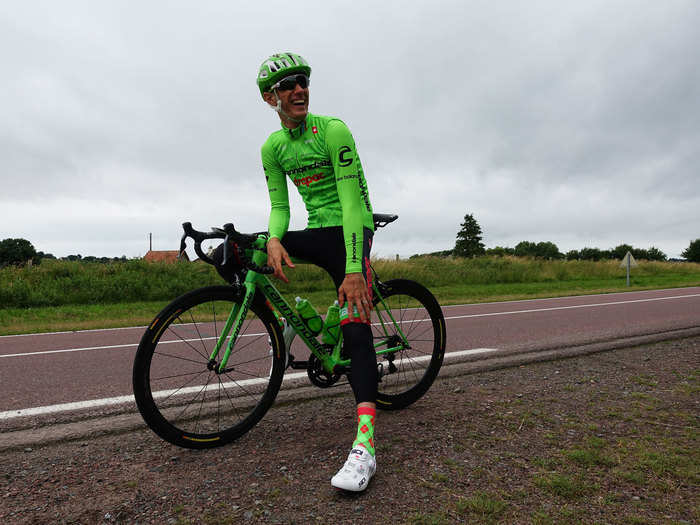
Rolland is 6-foot and weighs just over 150 pounds. He rides a 54-centimeter frame. The high-end performance-driven SuperSix Evo is popular with both pros and amateur riders for being stiff yet comfortable.
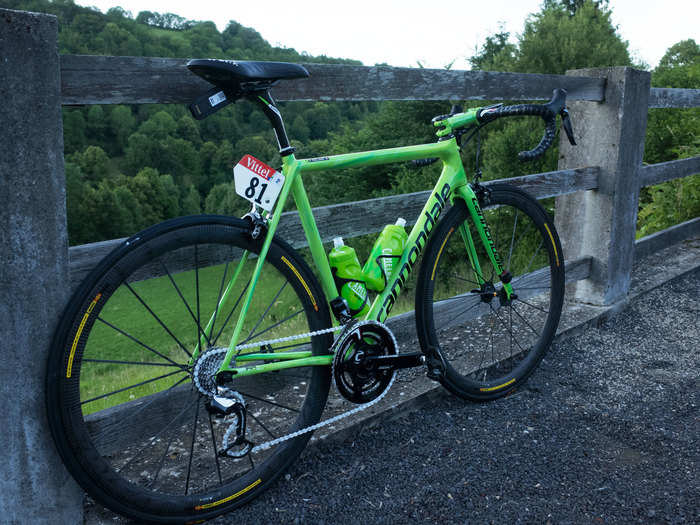
The bike costs $12,000, but the custom paint job is extra. The team rode Mavic Cosmic Ultimate wheels.
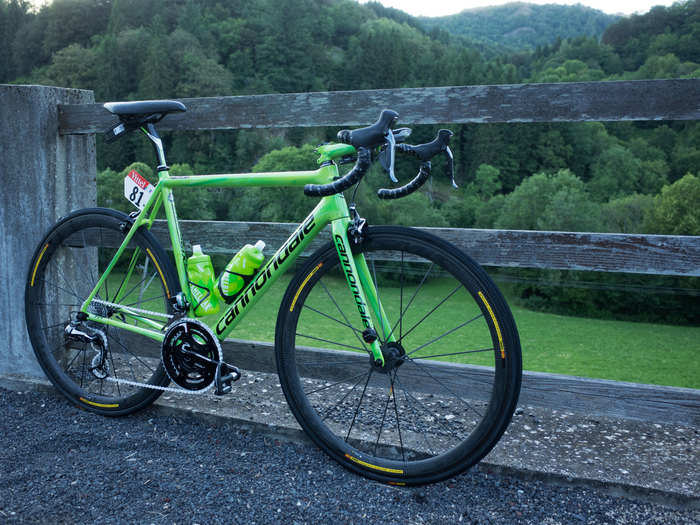
In the Tour, every bike must weigh at least 6.8 kilos, or 14.99 pounds, according to International Cycling Union rules. Rolland's bike tipped the scales a tad over that.
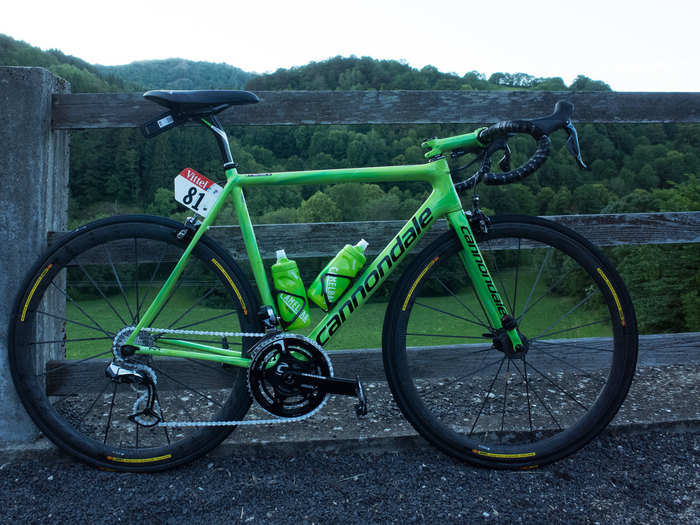
Rolland's daughter's name is Jade, and the bike honors her. The egg? That's Rolland's affectionate nickname.
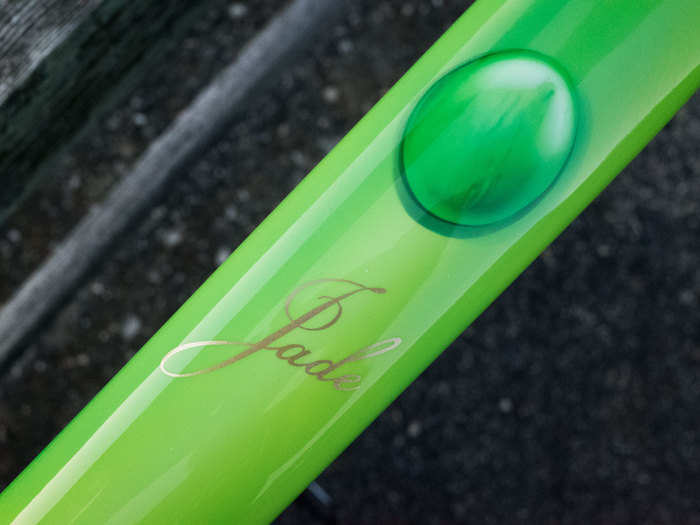
The custom paint job was done by Artech Design.
Rolland uses a Garmin Edge 520 computer.
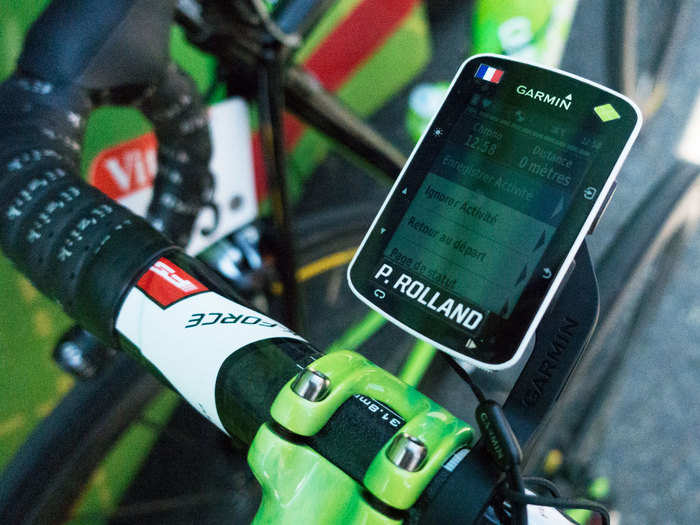
The extended out-front mount for the Garmin helps keep the cockpit tidy.
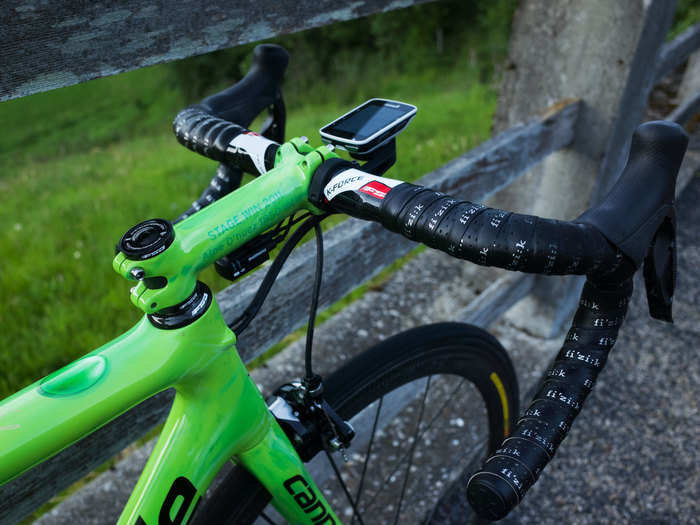
He rides an FSA K-Force ergonomic handlebar. Note the pretty swirls in the paint.
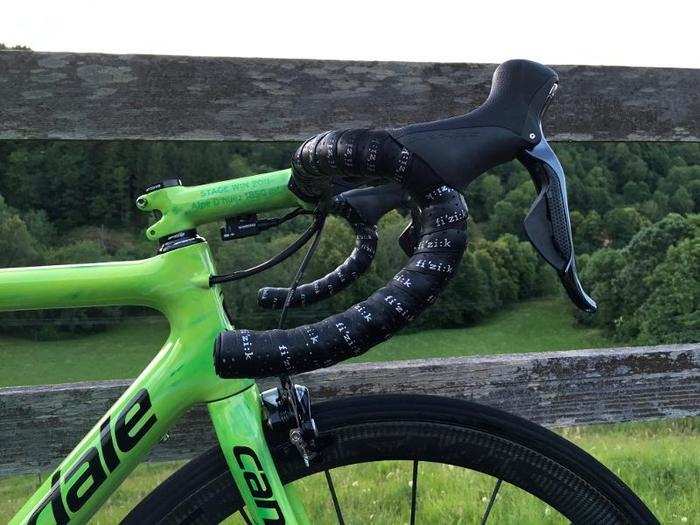
Rolland rides a 120-millimeter stem. His greatest win to date was on Alpe d'Huez, the Tour's most storied climb. The electronic Shimano Di2 junction box is affixed under the stem and out of the way.
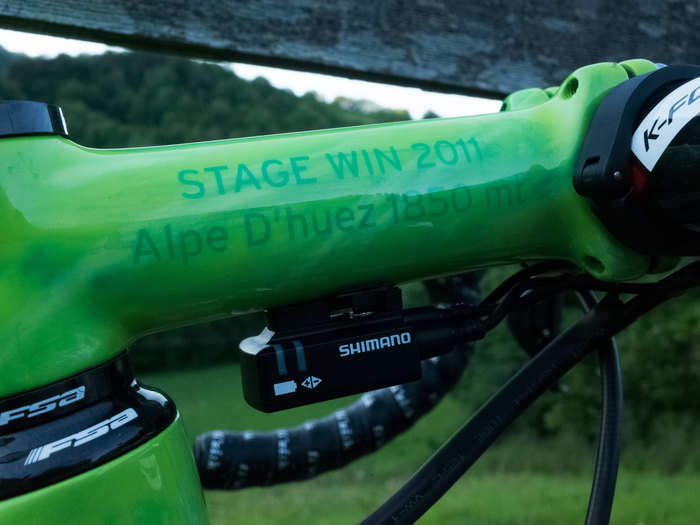
The team uses Fizik handlebar tape and Fizik saddles.
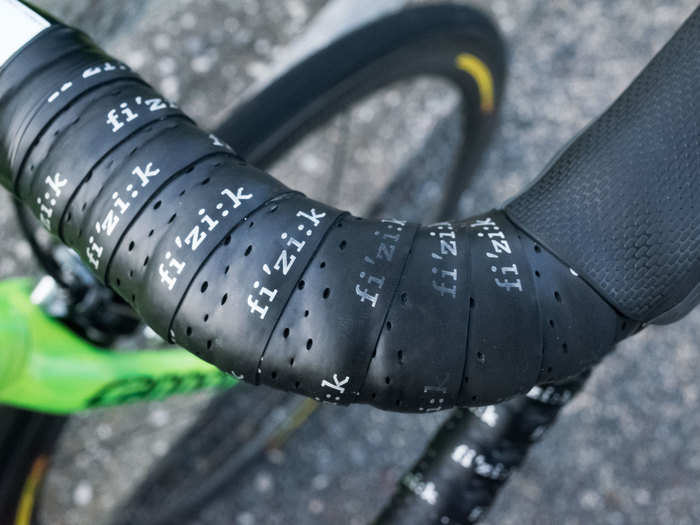
Internal cable routing helps keep things neat.
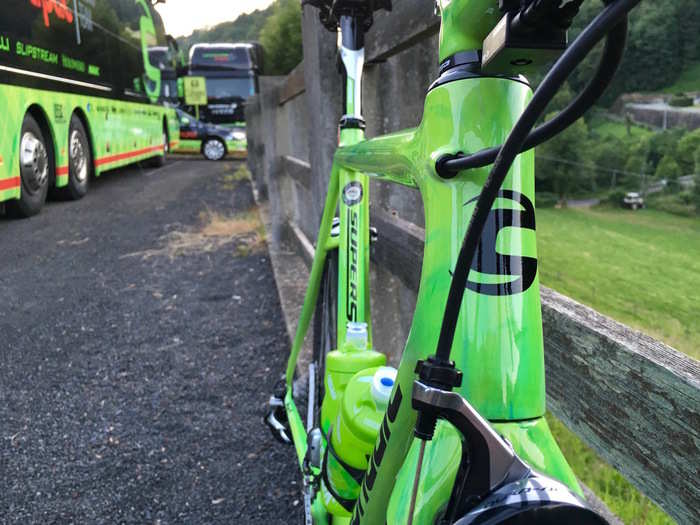
Every rider in the Tour gets a race number that is attached to their frame. The "2V" indicates Rolland's two victories in the race. The strip of tape around the seat post helps the mechanics set the saddle height to Rolland's exact preference after they work on the bike.
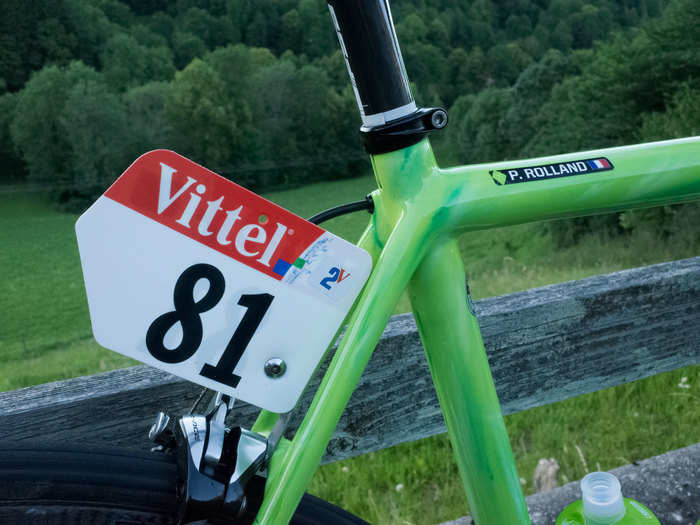
Rolland is from Gien, in the Loiret department in north-central France. Along with his nation's flag, his frame sticker had the green argyle that is synonymous with the Cannondale team, which as of this Tour is Cannondale-Drapac, thanks to a new sponsorship deal.
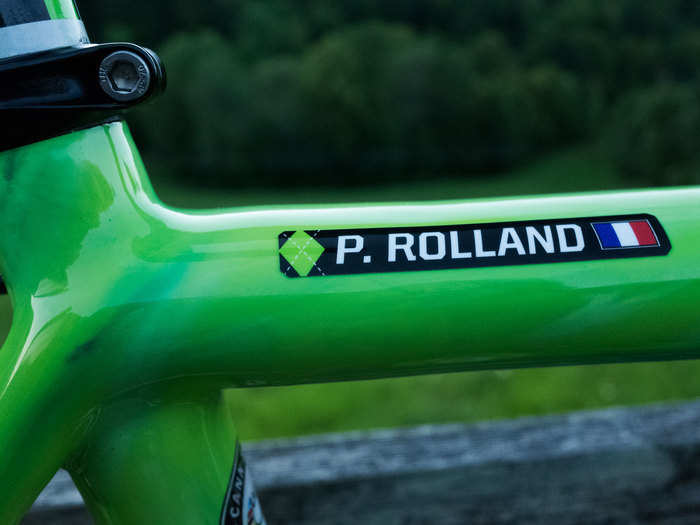
The team is sponsored by CamelBak and use these high-quality color-correct bottles.

The drivetrain was anchored by Shimano's electronic Di2 shifters and derailleurs. But Rolland's bike had some FSA components mixed in.
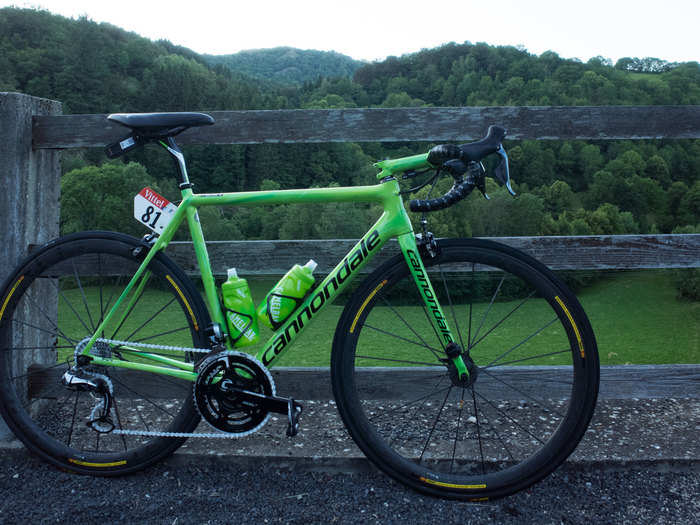
The special low-friction white chain was made by CeramicSpeed. The team boss wanted to give Rolland every advantage possible.
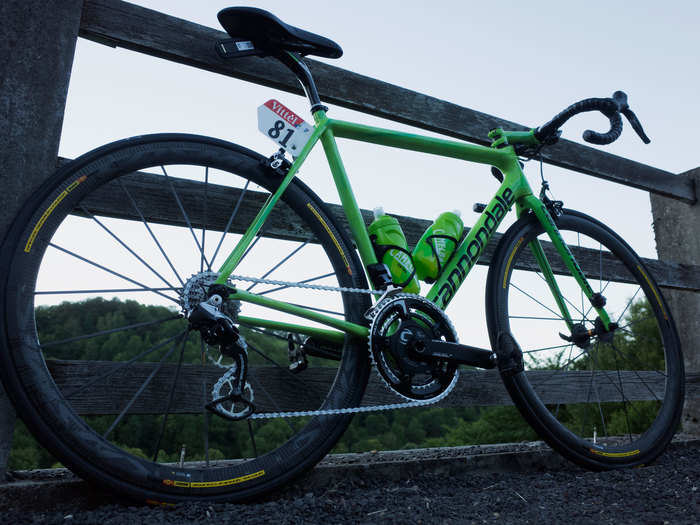
Source: Business Insider
The team bought 21 of the chains, and a rear-derailleur pulley system, from CeramicSpeed just for Rolland.
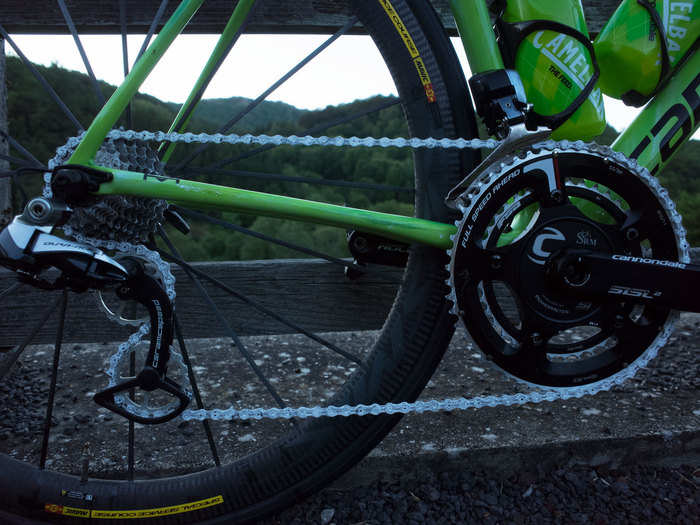
The chain is covered with Teflon powder, which helps reduce friction. It is a race-day chain and not for everyday riding. The treatment on the chain wears off after about 320 kilometers, or 200 miles.
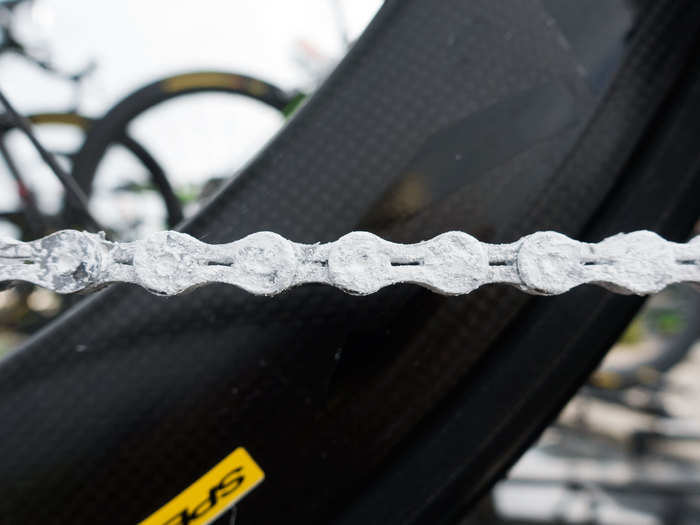
The alloy pulley wheels are fitted with low-friction bearings and a lightweight cage made from a polyamide and carbon-fiber finish. Because the chain moves through the derailleur in a straighter line than conventional derailleurs, the system reduces friction in the pulleys by 60%, offering a watts savings starting at 2.4 watts, the company claims. It costs about 500 euros.
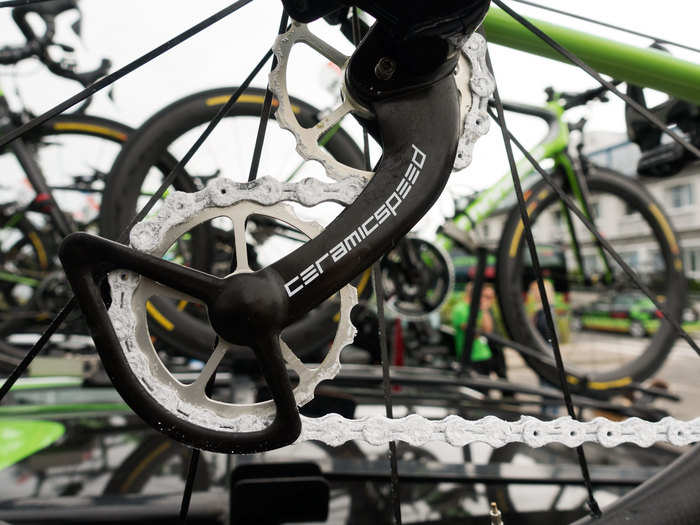
Each chain costs $130, but the team got them for $80 each. Rolland had a new one put on his bike each day.
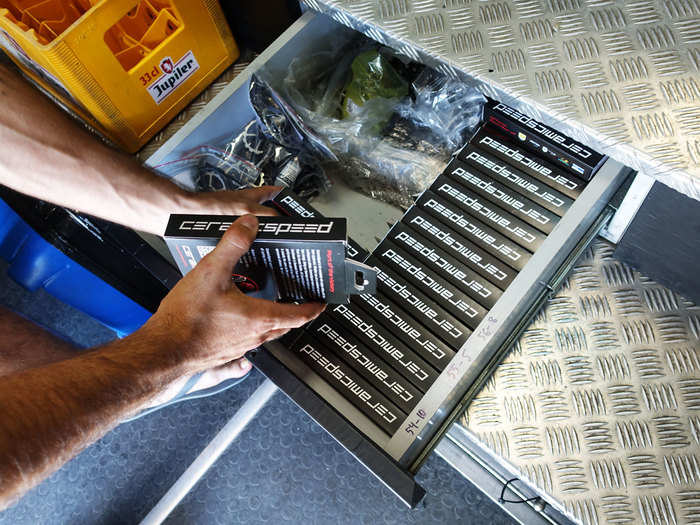
Team mechanic James Griffin worked on Rolland's bike. After washing it completely and giving it a safety check each evening, he put on a new CeramicSpeed chain and sent the used chains to the team's service course (cyclingspeak for warehouse).

Like a lot of pros, Rolland uses an SRM power meter mounted into the spider of the crankset.
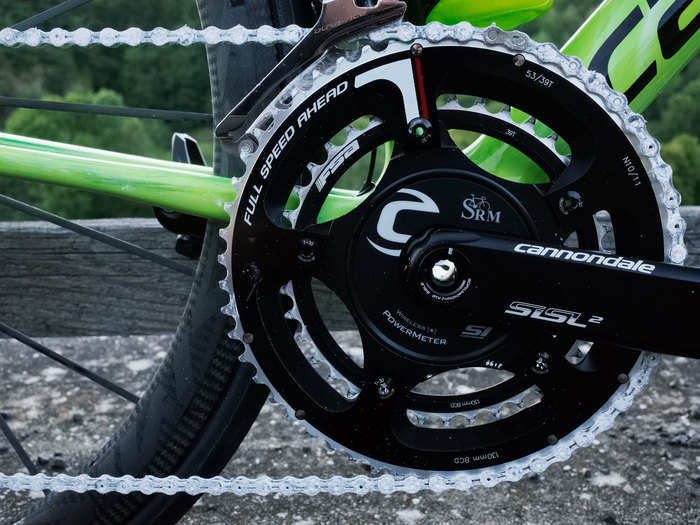
On the stage we shot his bike, Rolland opted for a 53-39 chainring set-up.

Rolland prefers Shimano Dura-Ace clipless pedals.
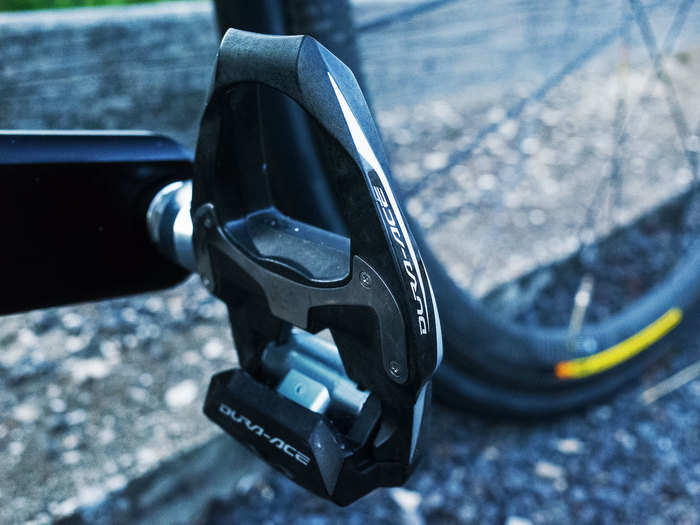
Rolland has Dura-Ace brakes in the front and back. These Veloflex tubulars were aged for two years in a cool, dark basement before being glued on for the Tour. Aging hardens the manufacturer's threading meshes, which helps with puncture resistance.
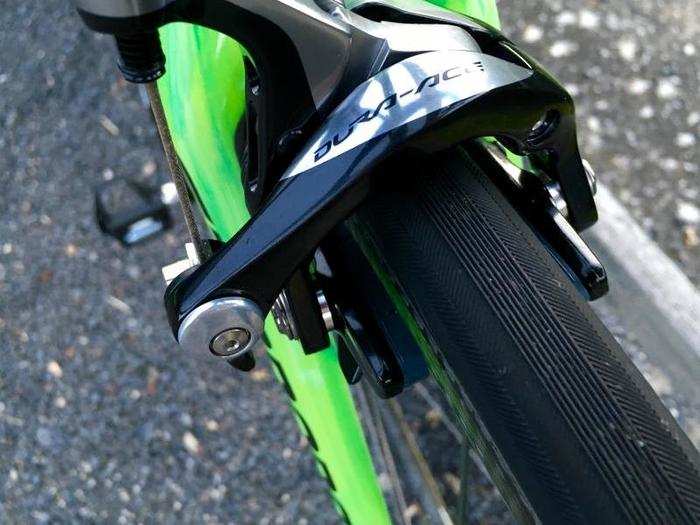
The doohickey under the saddle? It is a timing transponder and every rider is required to have one. It allows officials to keep track of each rider's location and precise finishing time for each stage.

We saw the Cannondale-Drapac mechanics treating the riders' tires with vinegar whenever stages called for rain. The vinegar is said to make the rubber suppler, which means better traction on rain-slicked roads. It also helps prevent flats because a suppler tire absorbs bits of road debris better, debris that might otherwise puncture the tire.

Source: Business Insider
After each stage the riders warmed down on stationary trainers. Spinning out the lactic acid helped them recover for the next day.

Rolland had a challenging Tour marred by two crashes, but his diesel engine helped him finish 16th overall in Paris.
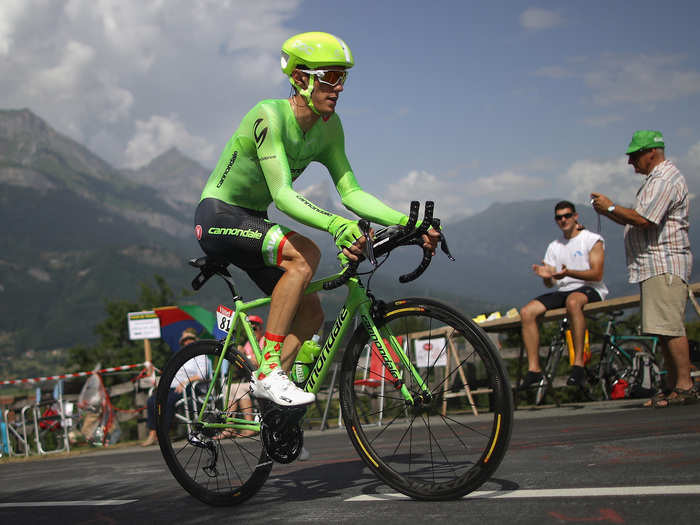
Popular Right Now
Popular Keywords
- India’s wearables market decline
- Vivo V40 Pro vs OnePlus 12R
- Nothing Phone (2a) Plus vs OnePlus Nord 4
- Upcoming smartphones launching in August
- Nothing Phone (2a) review
- Current Location in Google
- Hide Whatsapp Messages
- Phone is hacked or not
- Whatsapp Deleted Messages
- Download photos from Whatsapp
- Instagram Messages
- How to lock facebook profile
- Android 14
- Unfollowed on Instagram
Advertisement